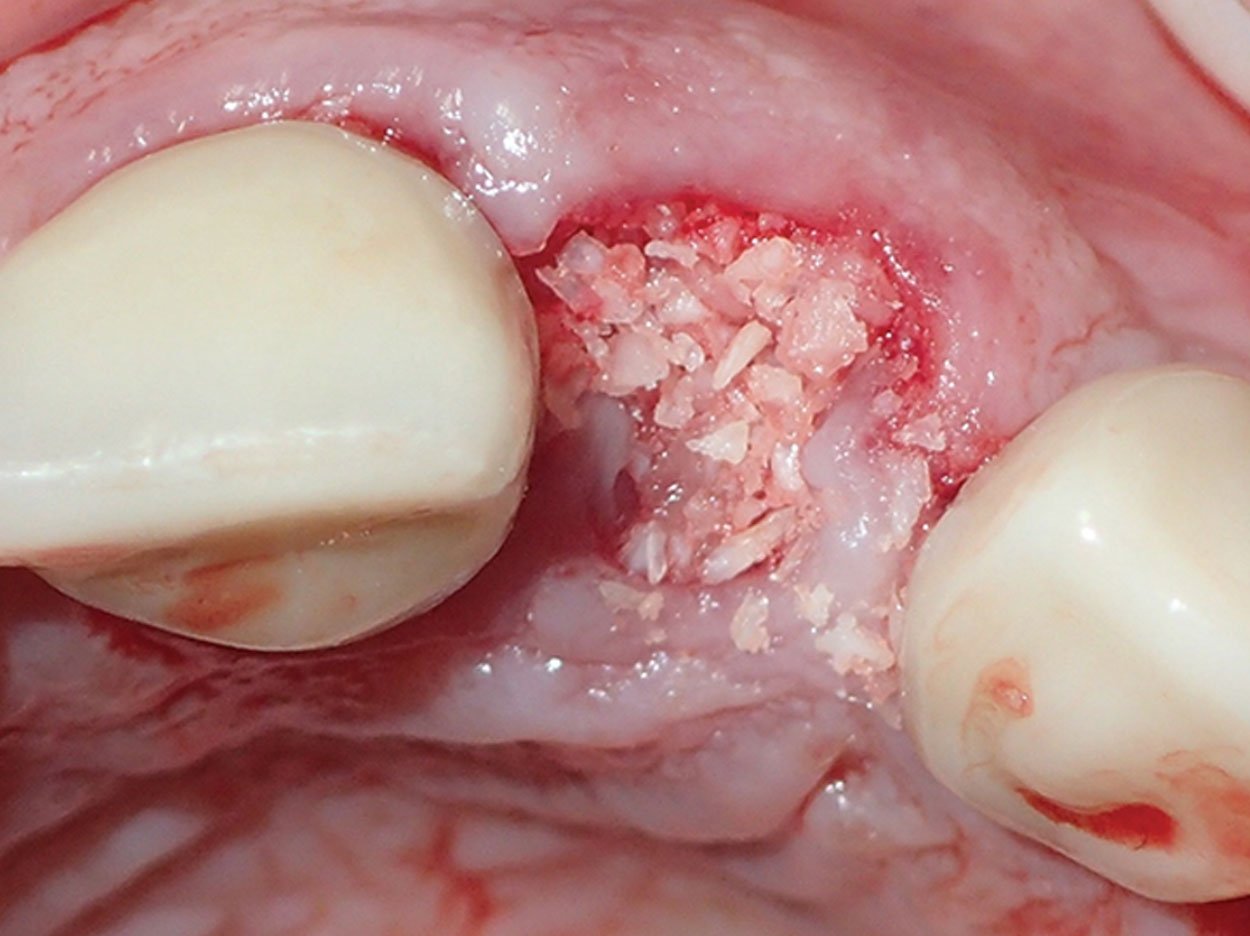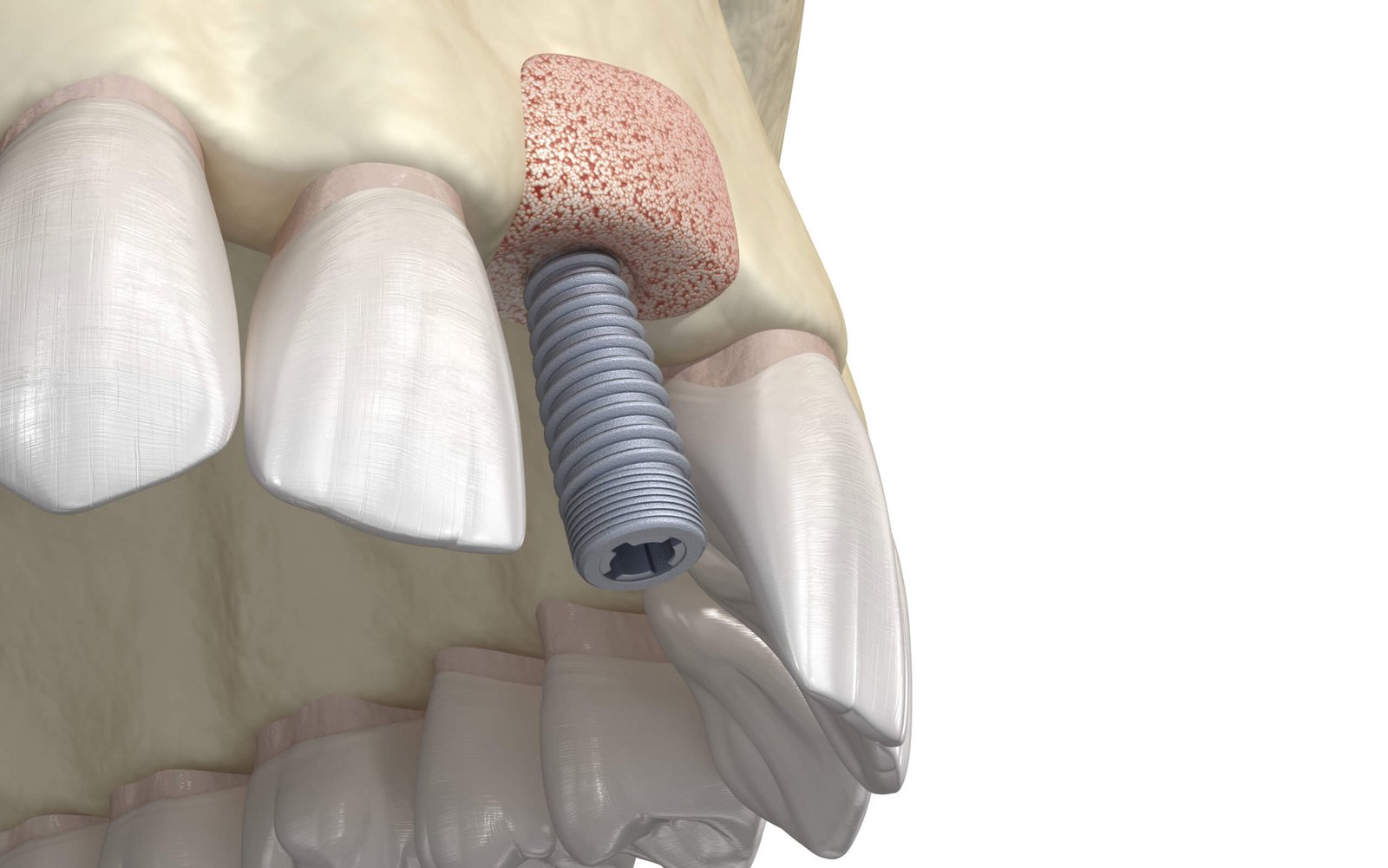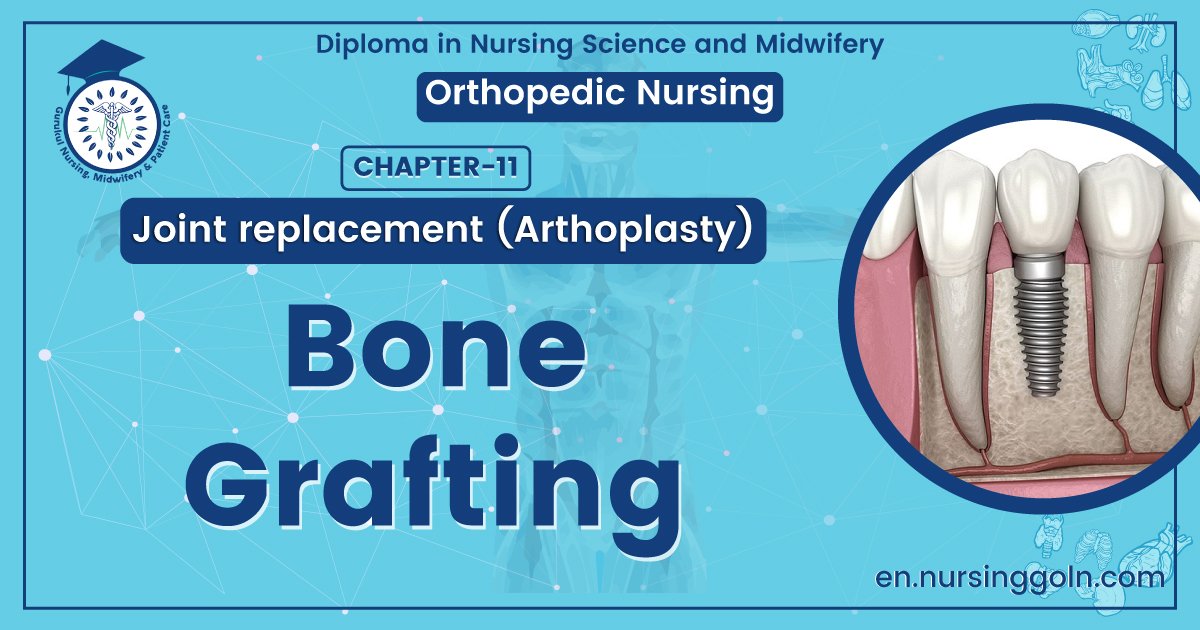Medical Bone Grafting- An orthopedic nurse is a nurse who specializes in treating patients with bone, limb, or musculoskeletal disorders. Nonetheless, because orthopedics and trauma typically follow one another, head injuries and infected wounds are frequently treated by orthopedic nurses.
Ensuring that patients receive the proper pre-and post-operative care following surgery is the responsibility of an orthopedic nurse. They play a critical role in the effort to return patients to baseline before admission. Early detection of complications following surgery, including sepsis, compartment syndrome, and site infections, falls under the purview of orthopedic nurses.
Medical Bone Grafting
Bone grafting:
Bone grafting is a surgical procedure that replaces missing bone in order to repair bone fractures that are extremely complex, pose a significant health risk to the patient, or fail to heal properly.
Or
A bone graft is a surgical procedure used to fix problems associated with bones or joints. Bone grafting or transplanting of bone tissue is beneficial in fixing bones after trauma, problem joints, or growing bone around implanted devices, such as total knee replacement (TKR).

Types of bone grafting:
The two most common types of bone grafts are:
1. Allograft: This graft uses bone from a deceased donor or a cadaver that has been cleaned and stored in a tissue bank.
2. Autograft: This graft made from a bone inside a patient’s body, such as the ribs or hips.

The type of graft used depends on the type of injury your surgeon will be repairing Allografts are commonly used in hip, knee, or long bone (arms or legs) reconstruction. The advantages are that:
a) There’s no additional surgery needed to acquire the bone,
b) It lowers the risk of infection since additional incisions or surgery on the recipient will not be required.
Indications of bone grafting:
1. To promote union in cases of nonunion or ununited fractures.
2. In arthrodesis of joints for intra-articular or extra-articular fusion.
3. To fill a defect or cavity in a bone.

There are three types of bone grafting:
1. Autogenous grafts or autografts.
2. Allograft or homograft or homogenous grafts, altemodЯ
3. Xenografting (heterogenous or heterograft).
[Ref-John Ebnezar’s, “Textbook of Orthopedics”, 4″ edition, P-371-21]
Read more:
